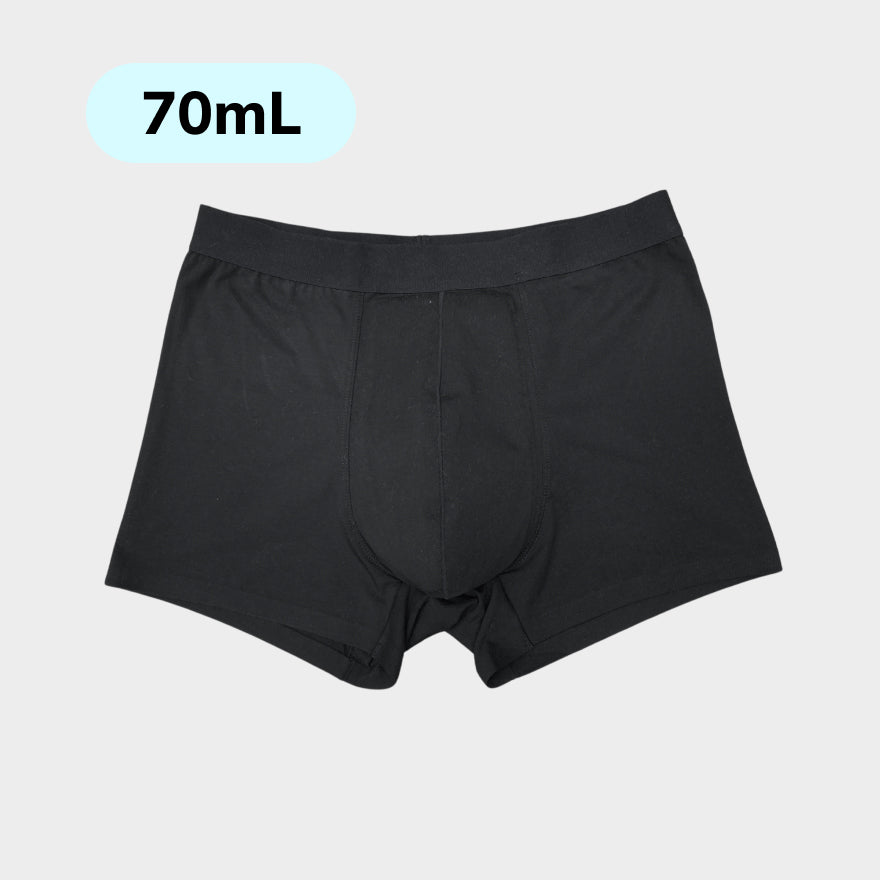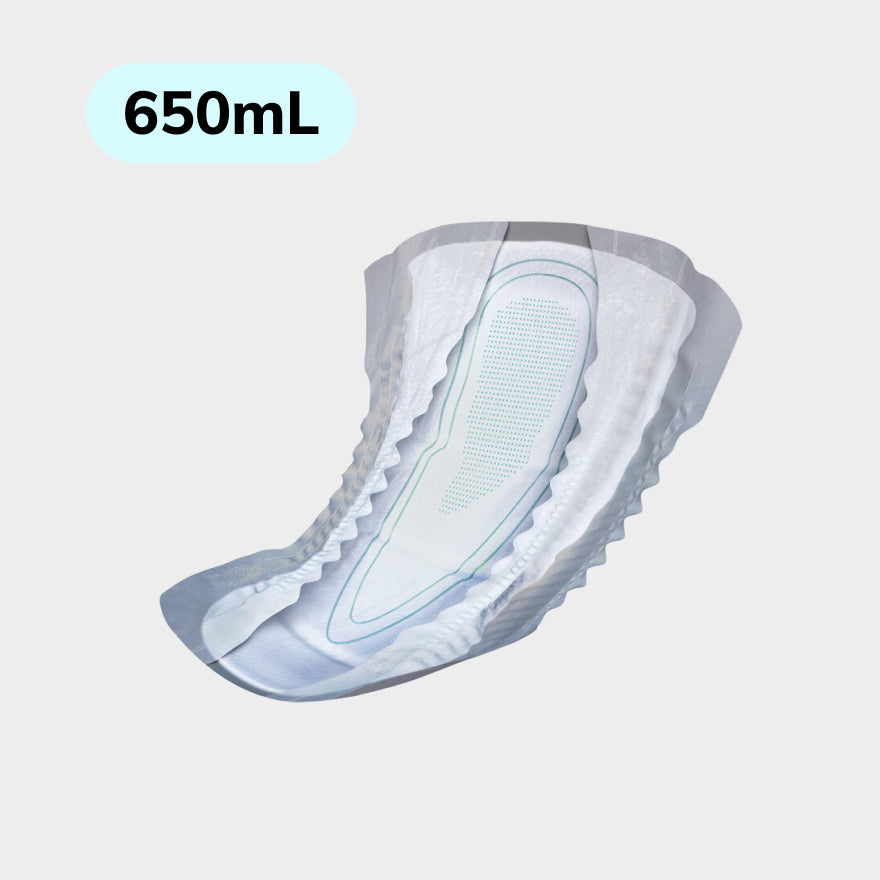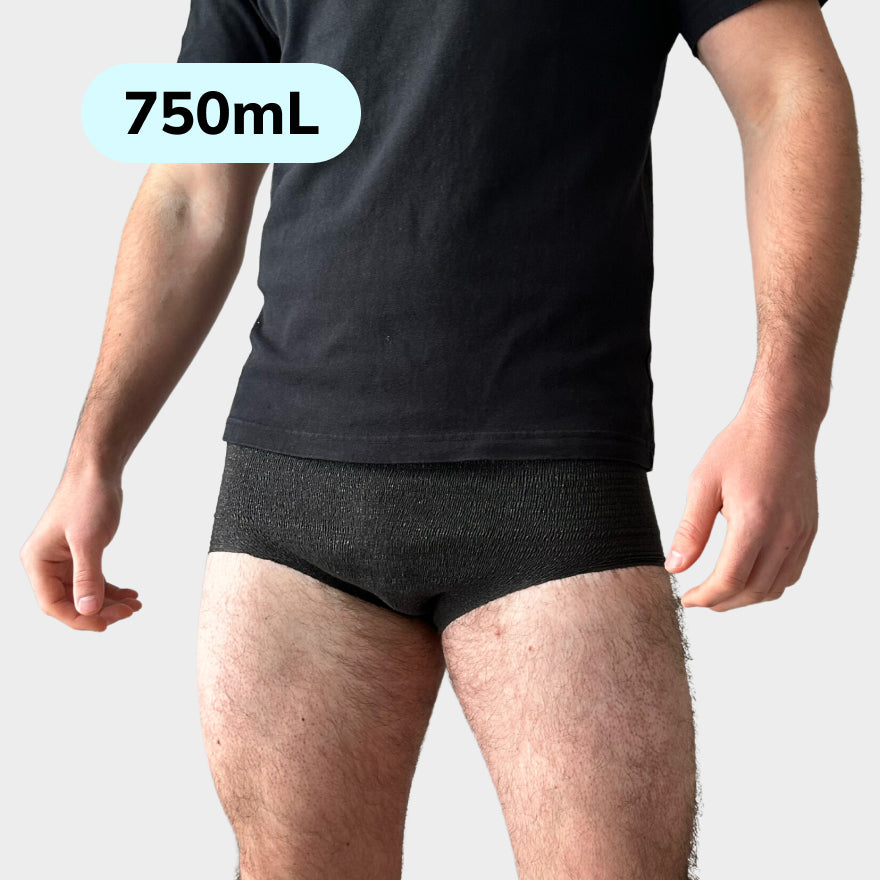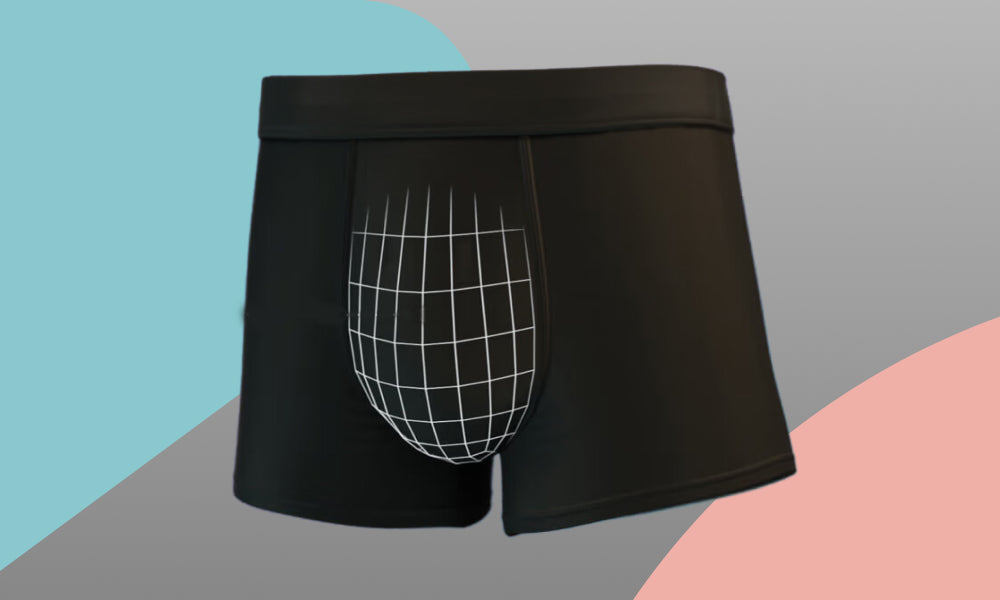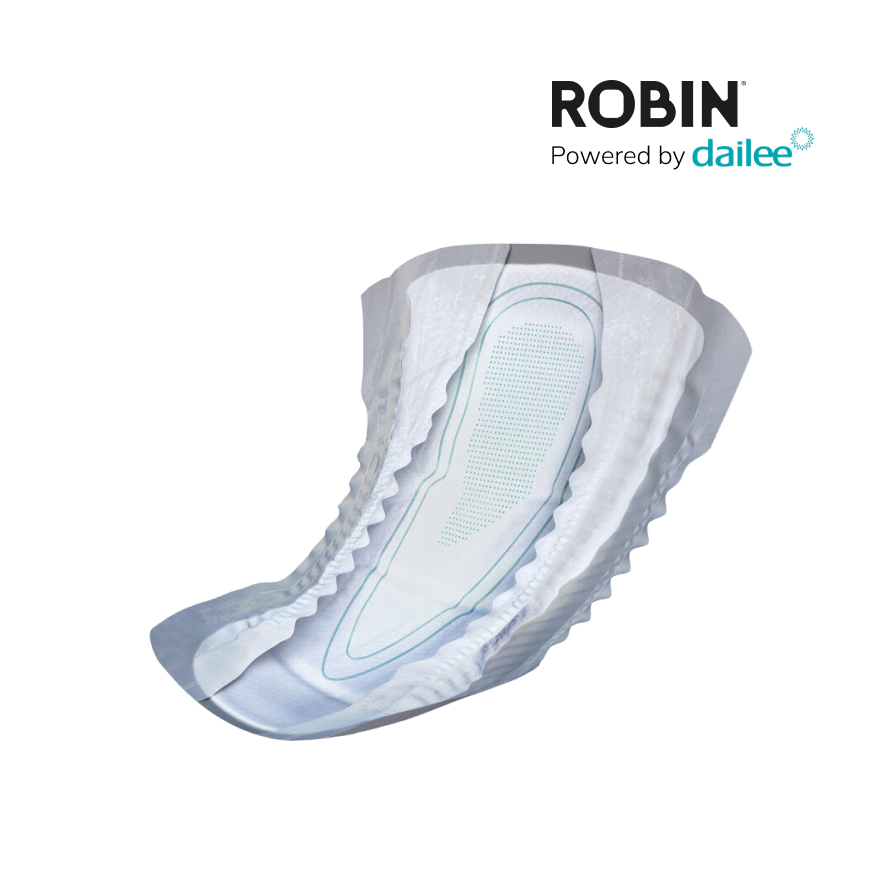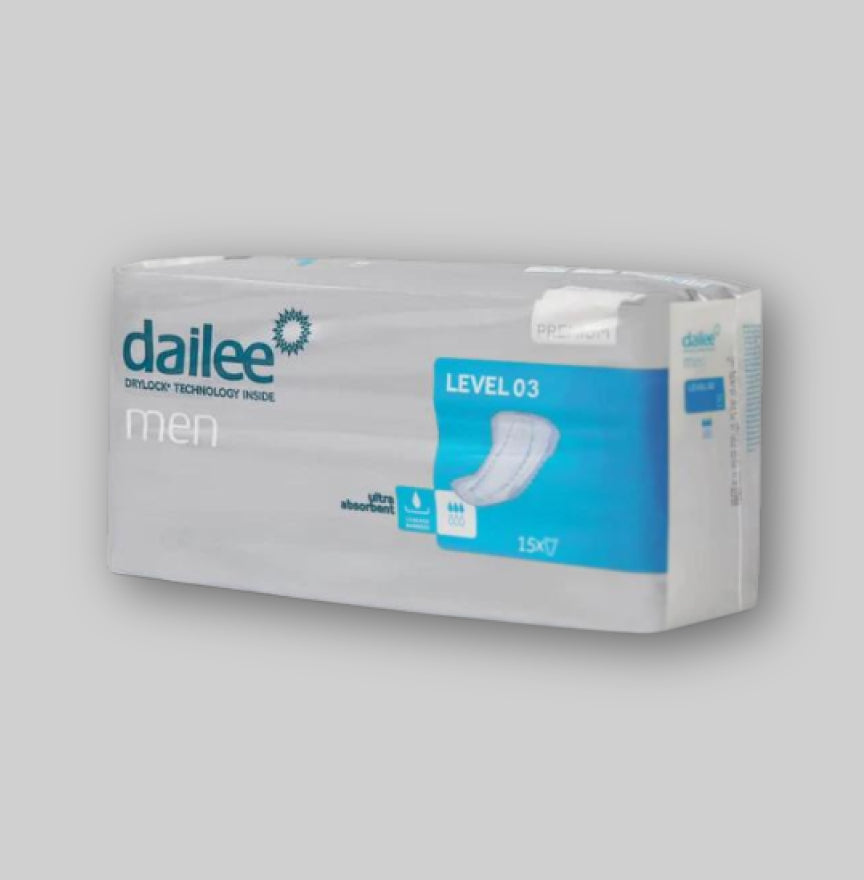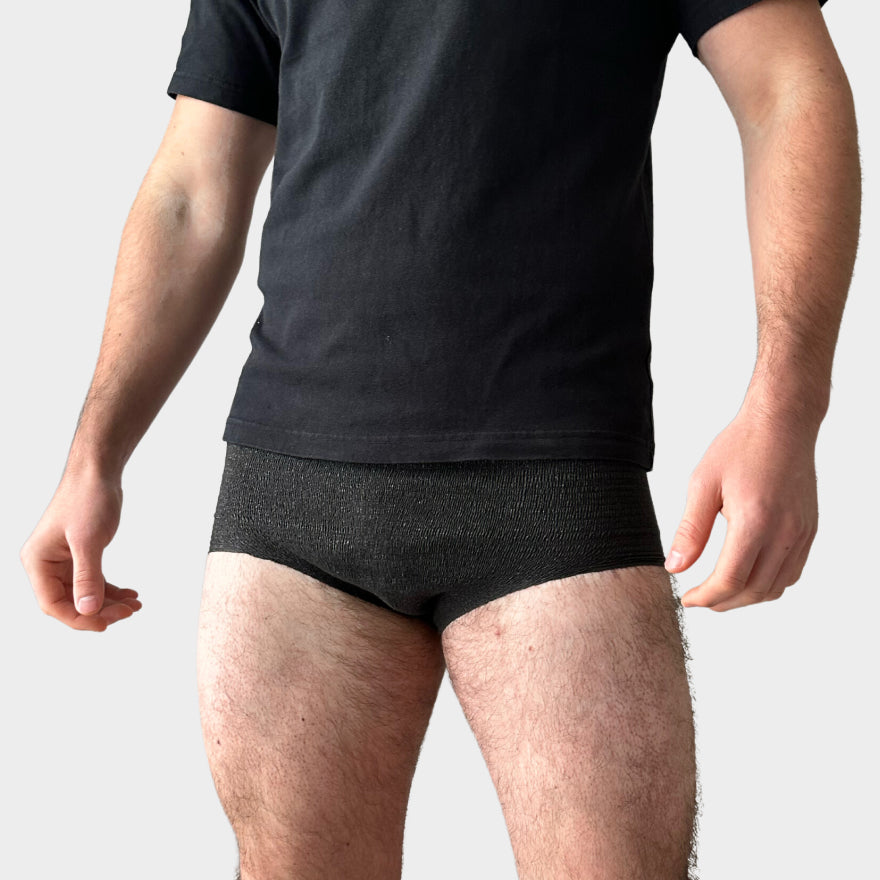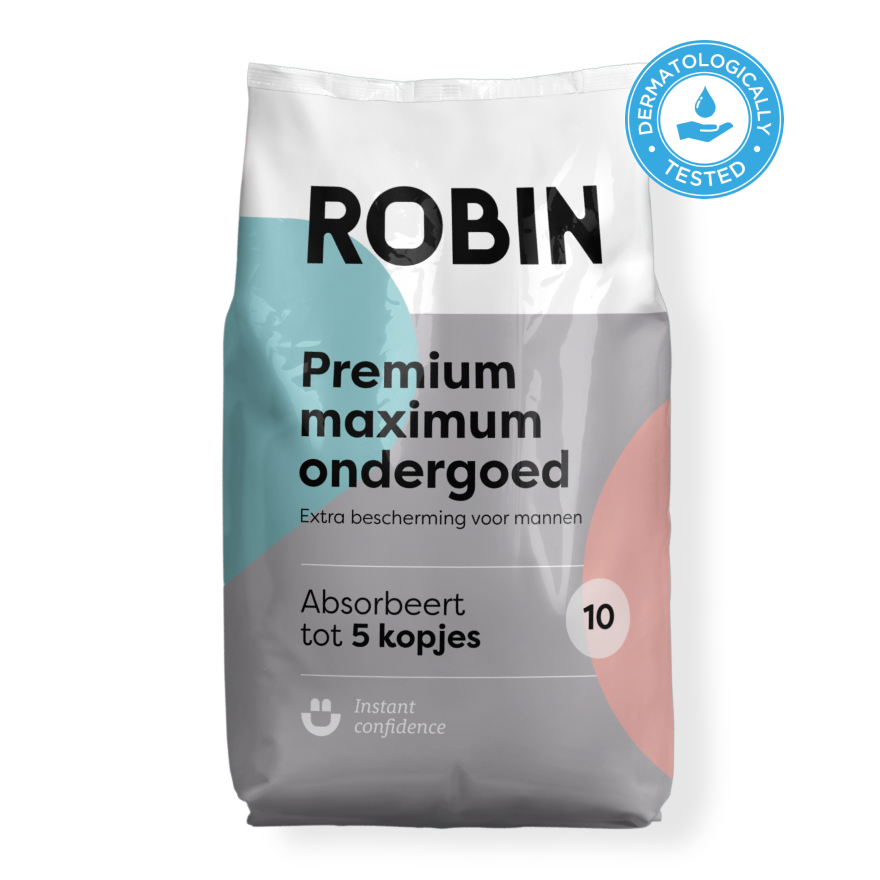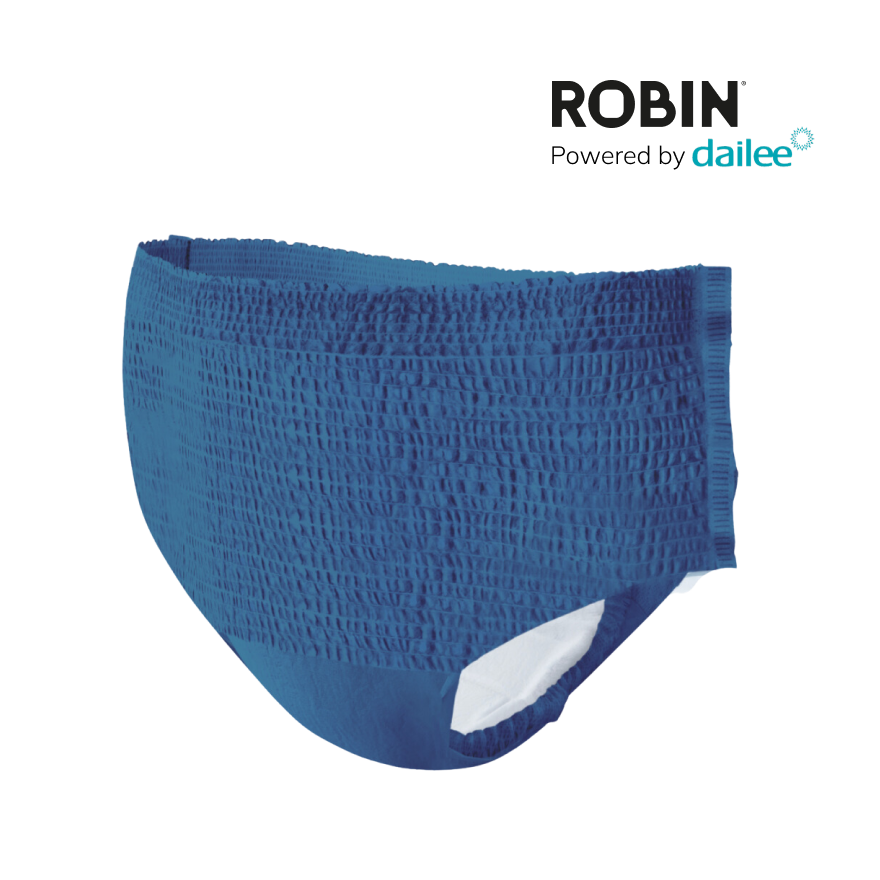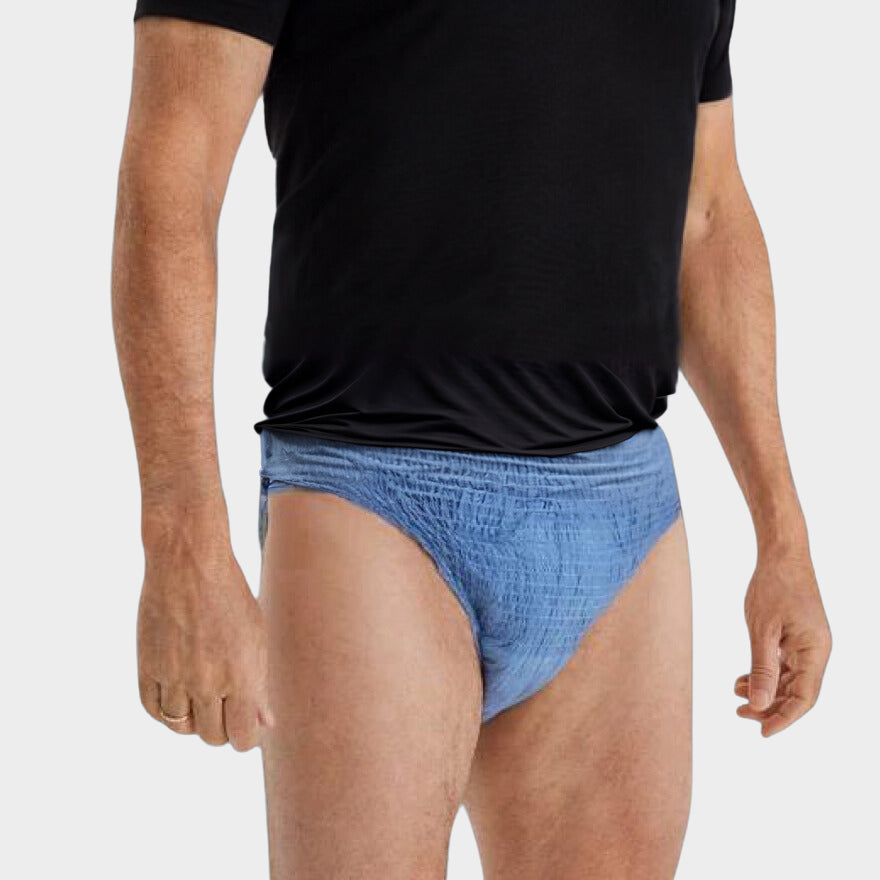Heat tolerance in older adults is a major public health issue that requires the attention of both medical professionals and policymakers. As people age, their ability to regulate body temperature changes, making them more sensitive to temperature fluctuations. This has important implications during hot periods, when the risk of heat-related illnesses such as heat exhaustion and heat stroke increases. 
The human body has several mechanisms to promote heat dissipation, including sweating and vasodilation, the widening of blood vessels. However, in older adults, these systems may function less efficiently. This may be due to chronic conditions, the use of certain medications, or general physical changes associated with aging.
In addition, environmental factors and personal habits play an important role in how well older people are able to cope with heat. Adequate hydration, access to cooling and limiting physical exertion during the hottest hours are crucial measures to prevent heat-related problems in older people. It is therefore essential to understand the risk factors and prevention strategies to protect this vulnerable group during hot weather.
Heat Tolerance in the Elderly

Heat tolerance refers to the ability of an older individual to withstand and regulate high temperatures. This is a crucial health aspect as older adults are at higher risk for heat-related illnesses.
Definition and Importance
Heat tolerance is the body's ability to adapt to higher temperatures. This ability often declines with age. Ensuring adequate heat tolerance in the elderly is important for preventing heat exhaustion and heat stroke, which pose serious health risks.
Physiological Challenges
Older adults experience physiological changes that affect their thermoregulation. Decreased sweat production and slower circulation can reduce heat dissipation. In addition, the perception of thirst can decrease, which increases the risk of dehydration.
- Reduced thermal regulation : A decrease in the efficiency of the thermoregulatory system is common.
- Reduced heart function : This can lead to reduced ability to adapt to temperature changes.
- Decrease in skin blood flow: Skin blood flow plays an essential role in temperature regulation.
Risk Factors for Heat-Related Illnesses
Several factors increase the risk of heat-related illness in the elderly. Recognizing and minimizing these factors is important for prevention.
- Age-related changes : These include decreased sweating and changes in blood circulation.
- Chronic diseases : Conditions such as heart failure or diabetes increase the risk.
- Medication : Some medications can affect hydration status and thermoregulation.
- Socioeconomic factors : Limited access to cooling or hydration may increase risk.
Heat Tolerance in Adults

Heat tolerance refers to the body's ability to effectively cope with high temperatures and adapt to heat. In adults, this ability can vary and is influenced by multiple factors.
Comparison with Elderly
Adults generally have a better tolerance to heat than older adults. This difference is due to several physical changes that occur as people age. Older adults often have decreased sweat production , which is essential for regulating body temperature. They may also have a slower heart rate response, which can further slow the body’s ability to cool down. Medication use can also affect heat tolerance; many older adults take medications that affect thermoregulation.
Prevention of Heat Related Problems
Prevention is key to avoiding heat-related problems in adults. It is important to take the right measures to prevent overheating:
- Hydration: Regular water intake to prevent dehydration.
- Light clothing: Wear loose, airy and light-colored clothing.
- Environment: Keep in shady or cool areas during the hottest hours of the day.
- Physical activity: Limit intense physical activity at high temperatures.
Recognizing symptoms such as dizziness, fatigue, and excessive sweating is important for early intervention. If these symptoms occur, cool down and seek medical attention if necessary.
Adaptation strategies

Older adults can improve their tolerance to heat by applying specific adaptation strategies. These strategies are essential for maintaining health during hot periods.
Acclimatization processes
Acclimatization refers to the body’s ability to adapt to higher temperatures. Older adults may gradually increase their exposure to heat to give the body a chance to adjust. This process can take several days to weeks and requires consistency.
- Step-by-step exposure: Start with short periods and increase gradually.
- Consistency: Daily exposure is essential for effective acclimatization.
Behavioral adjustments
Older adults can make several behavioral adjustments to minimize the risks of heat.
- Humidity: Wearing loose, light clothing promotes evaporation and cooling.
- Activity Level: Adjusting the intensity and timing of activities can prevent overheating, especially during the hottest hours of the day.
| Activities | Amendment |
|---|---|
| Walking outside | Early in the morning or late in the evening |
| Gardening | During shady periods |
Medical Considerations
It is important that older adults recognize medical considerations that may affect heat tolerance.
- Medication: Some medications can increase the risk of dehydration. Always consult a doctor about possible side effects.
- Hydration: Adequate water intake is crucial. Older adults should drink regularly, even if they are not thirsty.
Climate Change and Public Health

Climate change is having a significant impact on public health, particularly through increased heat waves that are affecting the heat tolerance of older adults.
Impact of Climate on Heat Tolerance
The increased frequency and intensity of heat waves due to climate change affect the heat tolerance of older adults. Their ability to dissipate heat is often reduced due to physiological changes associated with aging. In addition, medications can adversely affect thermoregulation and heat perception. This increases the risk of heat-related health problems such as:
- Dehydration : Decreased thirst perception and renal function.
- Heat stress : Overload of the cardiovascular system.
- Heat exhaustion : Exhaustion caused by a combination of high temperatures and inadequate fluid intake.
Urban Heat Islands and Vulnerability
Urban areas can be significantly hotter than surrounding rural areas due to the concentration of buildings, vehicles, and industry. This effect is known as the urban heat island phenomenon . Older adults in these environments are particularly vulnerable to heat due to:
- Limited access to green spaces : Parks and trees provide cooling, which can be limited in urban areas.
- Difficulties in temperature regulation : Apartments without air conditioning or insufficient insulation can reach indoor temperatures that are higher than outside.
Due to the combination of physiological risk factors and the increase in urban heat islands, it is essential to align urban planning and health care strategies to reduce risks for older adults.
Policies and Recommendations

This section focuses on concrete strategies to promote heat resilience in older adults through government interventions and urban development.
Public Health Interventions
Government agencies play a crucial role in protecting older people from heat-related health problems. An example of an effective measure is the development of local heat action plans , which contain specific guidelines for extreme weather events. These plans should be developed in collaboration with weather services and health organizations. Another important measure is the cultivation of public awareness through educational programs that inform older people about the risks of heat and provide them with practical advice on how to cope with heat.
-
Monitoring and Response : Governments should establish real-time monitoring systems that can respond quickly to dangerous heat waves.
- Alert and warning systems ; providing timely information via television, radio and social media.
- Shelters ; setting up cooled public spaces where the elderly can temporarily cool down.
Building Standards and Urban Planning
Adjustments in building policies and urban planning can contribute significantly to reducing heat effects, especially in elderly living environments. The focus should be on developing building regulations that ensure thermal comfort without relying on energy-intensive air conditioning. Examples include the use of insulation materials and designing buildings with sufficient natural ventilation.
-
Green Spaces : Integrating sufficient green spaces into urban areas contributes to cooling through shade and evaporation.
- Planting trees in streets and parks
- Green roofs and facade vegetation on buildings
-
Heat Reflective Design : Application of reflective materials in road surfaces and on roofs can reduce the absorption of solar heat.
- Light-colored paving
- Special coatings for roofs
Technological and Innovative Solutions

The use of technology plays a crucial role in improving heat tolerance for older adults. Innovations in clothing and home modifications offer new opportunities to prevent overheating.
Cooling Clothing and Personal Cooling Devices
Cooling clothing uses special fabrics that mimic or enhance the perspiration process, which naturally cools the body. Personal cooling devices , such as cooling belts and water misters, can also be used to regulate body temperature.
- Cooling vests : These vests contain special gel packs that can be pre-cooled.
- Nebulizers : Portable devices that emit a fine spray of water for cooling.
- Cooling Bands : Wrist and headbands with cooling properties.
Heat Resistant Home Modifications
Adapting homes is essential to protect seniors from the heat. Insulation , sun protection , and climate control systems are key components for a heat-resistant environment.
- Insulation : Improved insulation keeps homes cooler in summer and warmer in winter.
- Sun protection : External shutters, reflective films and special window coatings block heat radiation.
- Climate control : Air conditioning and fan systems ensure a constant indoor temperature.
Frequently Asked Questions

At high temperatures, older people are at increased risk of health problems . This section provides answers to frequently asked questions about protecting older people from heat.
How can we best protect the elderly from heat?
It is important to keep the elderly in a cool environment and remind them to drink water regularly. Light clothing and avoiding busy outdoor activities during peak heat hours are also effective protective measures.
What measures are in place in care institutions for the elderly during a heat wave?
Healthcare facilities should provide a climate-controlled environment , ensure adequate hydration, and train staff to recognize signs of heat-related illness.
What are the signs of overheating in the elderly?
Symptoms of overheating in the elderly include dizziness, nausea, headache, rapid heart rate, dehydration, and in severe cases, loss of consciousness. It is crucial to act quickly when recognizing these signs.
How should the hydration of the elderly be regulated in high temperatures?
Older adults should be encouraged to drink regularly, even if they are not thirsty. Offer a variety of water, fruit juices and herbal teas and avoid alcohol and caffeinated drinks which can be dehydrating.
How does the National Heat Plan impact elderly care?
The National Heat Plan activates healthcare institutions to take preparedness and response measures, such as providing additional water and devising a reduced activity programme during periods of extreme heat.
How can the living environment of the elderly be adapted to improve heat tolerance?
The living environment can be adjusted by installing sun blinds, ensuring good insulation and using green plants that contribute to cooling the space. Fans and air conditioning can also contribute to a more pleasant temperature.
